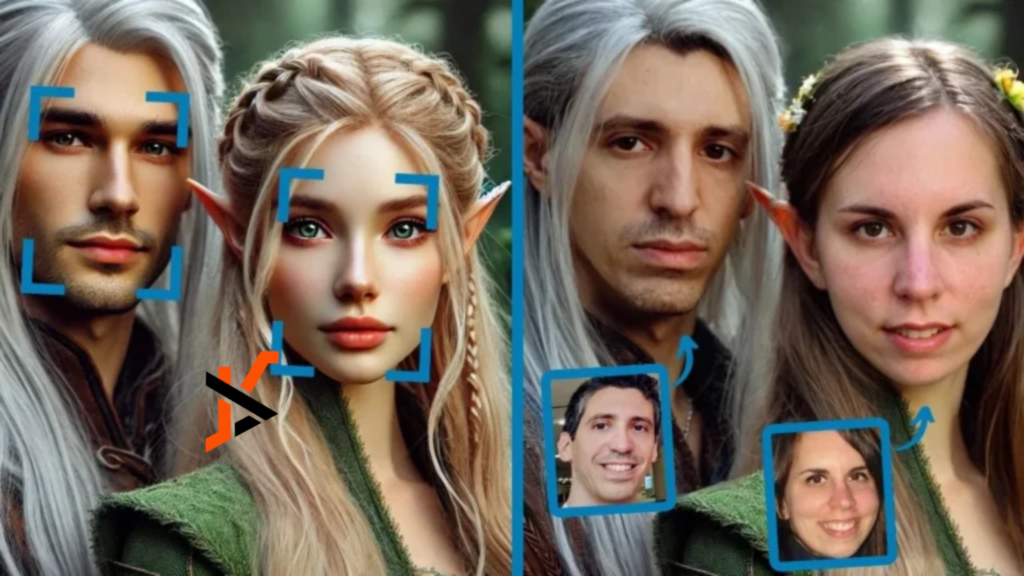Face swap AI is one of the most fascinating developments in artificial intelligence. It allows people to switch faces in photos and videos with surprising realism. At first glance, this technology seems like harmless fun, enabling users to create funny videos or see what they would look like with a different hairstyle, gender, or even age. But beneath the surface, face swap AI raises serious ethical concerns that society must address. From issues of privacy to misinformation, the implications of this technology go far beyond simple entertainment.
How Face Swap AI Works
Face swap AI relies on deep learning models, particularly a type of neural network called a Generative Adversarial Network (GAN). These models are trained on vast datasets of human faces, allowing them to understand facial structures, expressions, and lighting conditions. When a user uploads a photo or video, face swap ai analyzes the facial features and seamlessly replaces them with those of another person. The more advanced the model, the more realistic the results.
Originally, face-swapping technology was used in movies and video games to create realistic digital effects. However, with the rise of mobile apps and social media, anyone with a smartphone can now use this technology within seconds. While this democratization of AI is exciting, it also brings new ethical challenges.
The Privacy Dilemma
One of the biggest ethical concerns with face swap AI is privacy. Many of these apps and platforms require users to upload images of themselves, which are then processed and stored. What happens to these images after they are uploaded? Are they being used for further AI training? Could they be accessed by third parties?
Some companies claim they delete user data after a short period, but without clear regulations, there’s always a risk that personal images could be misused. Additionally, if someone’s face can be easily swapped onto another person’s body, it raises concerns about consent. Just because an image of someone is publicly available doesn’t mean it should be used without their permission.
Misinformation and Deepfake Risks
Face swap AI has led to the rise of deepfakes—hyper-realistic fake videos that can make it seem like someone said or did something they never did. This has major implications for misinformation and trust in digital content.
Imagine a world where you can’t tell whether a video of a politician giving a speech is real or fake. In some cases, deepfakes have been used to spread false information, damage reputations, or even commit fraud. While some deepfakes are easy to spot, more advanced ones can be nearly indistinguishable from real footage. This puts an enormous responsibility on social media platforms, journalists, and the public to verify the authenticity of online content.
The Impact on Identity and Consent
Face swap AI challenges traditional ideas of identity and consent. If someone can create a convincing video of you without your permission, it raises serious ethical and legal questions. Celebrities and public figures are often targeted, but ordinary people are not immune. Some individuals have found their faces used in inappropriate or misleading contexts without their knowledge.
The potential for harm is particularly concerning in the realm of non-consensual deepfake pornography. Some individuals have had their faces swapped onto explicit content, leading to emotional distress and reputational damage. Many countries are now considering stricter laws to combat this form of digital abuse.
The Positive Uses of Face Swap AI
Despite the ethical concerns, face swap AI isn’t all bad. In fact, it has several positive applications. Filmmakers use it to create stunning visual effects. Historians and educators use it to bring historical figures to life. It can even be used in medicine, helping patients who have suffered facial injuries by generating digital reconstructions.
AI developers are also working on ethical face-swapping tools, ensuring that consent and privacy are prioritized. Some platforms now require explicit permission before using someone’s image, while others implement watermarking systems to indicate when content has been digitally altered.
How Society Can Address the Ethical Issues
Addressing the ethical concerns of face swap AI requires a combination of technology, law, and public awareness. AI developers should build safeguards into their models to prevent misuse. Governments need to create clear regulations to protect individuals from privacy violations and misinformation. At the same time, users must be aware of the potential risks and act responsibly when using this technology.
Educating people about how to recognize deepfakes can also help reduce the spread of false information. Media literacy is more important than ever in a world where digital content can be easily manipulated. By being more skeptical of what we see online and verifying sources, we can help ensure that face swap AI is used ethically.
As AI technology continues to evolve, so too will the challenges associated with it. Face swap AI has the potential to be a powerful tool, but it must be used responsibly. Striking a balance between innovation and ethical considerations will be key in determining whether this technology becomes a force for good or a tool for deception. The conversation around face swap AI is far from over. As users, developers, and policymakers work together to set ethical boundaries, the hope is that this technology can be used in ways that enhance creativity and communication—without compromising privacy, identity, or truth.

